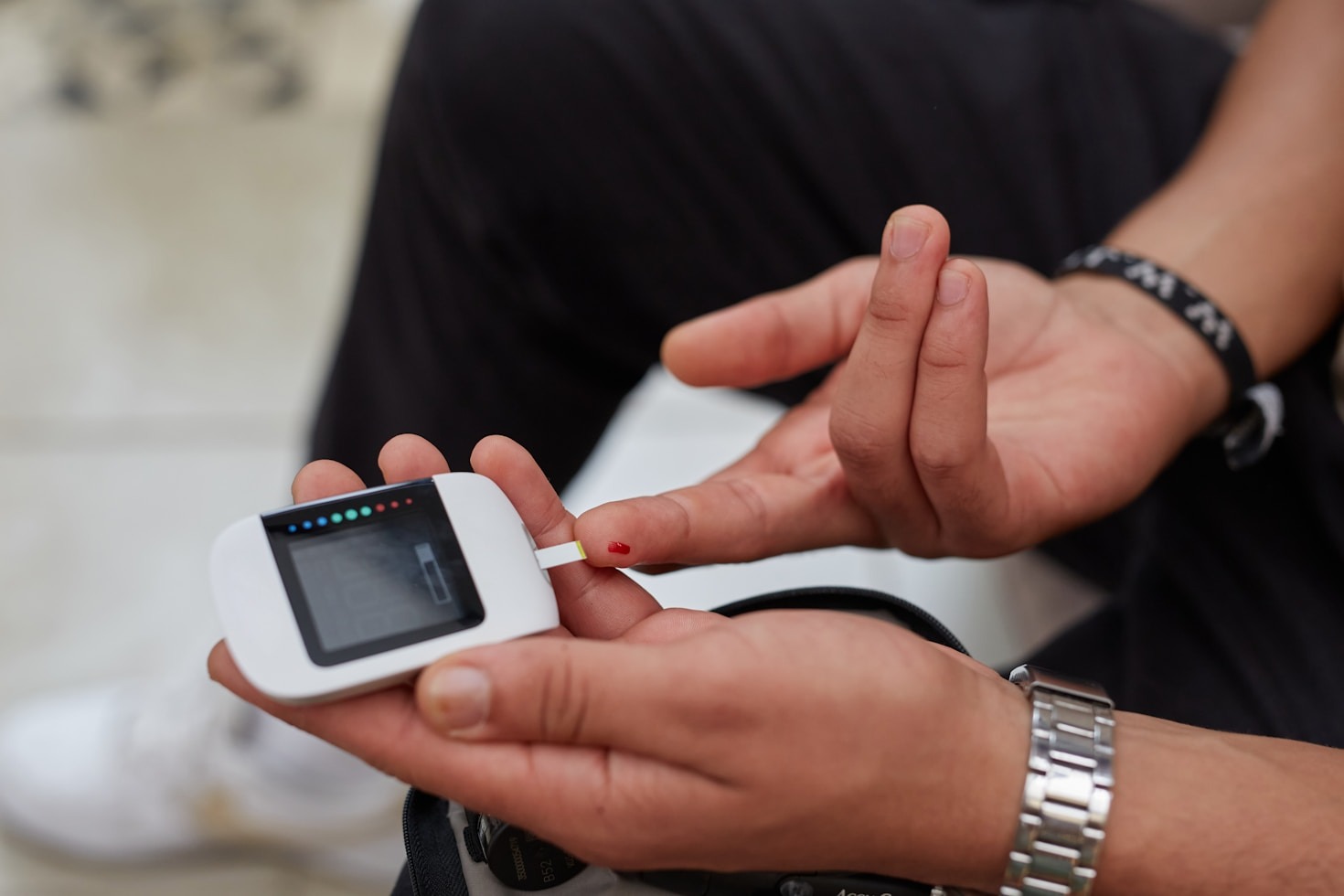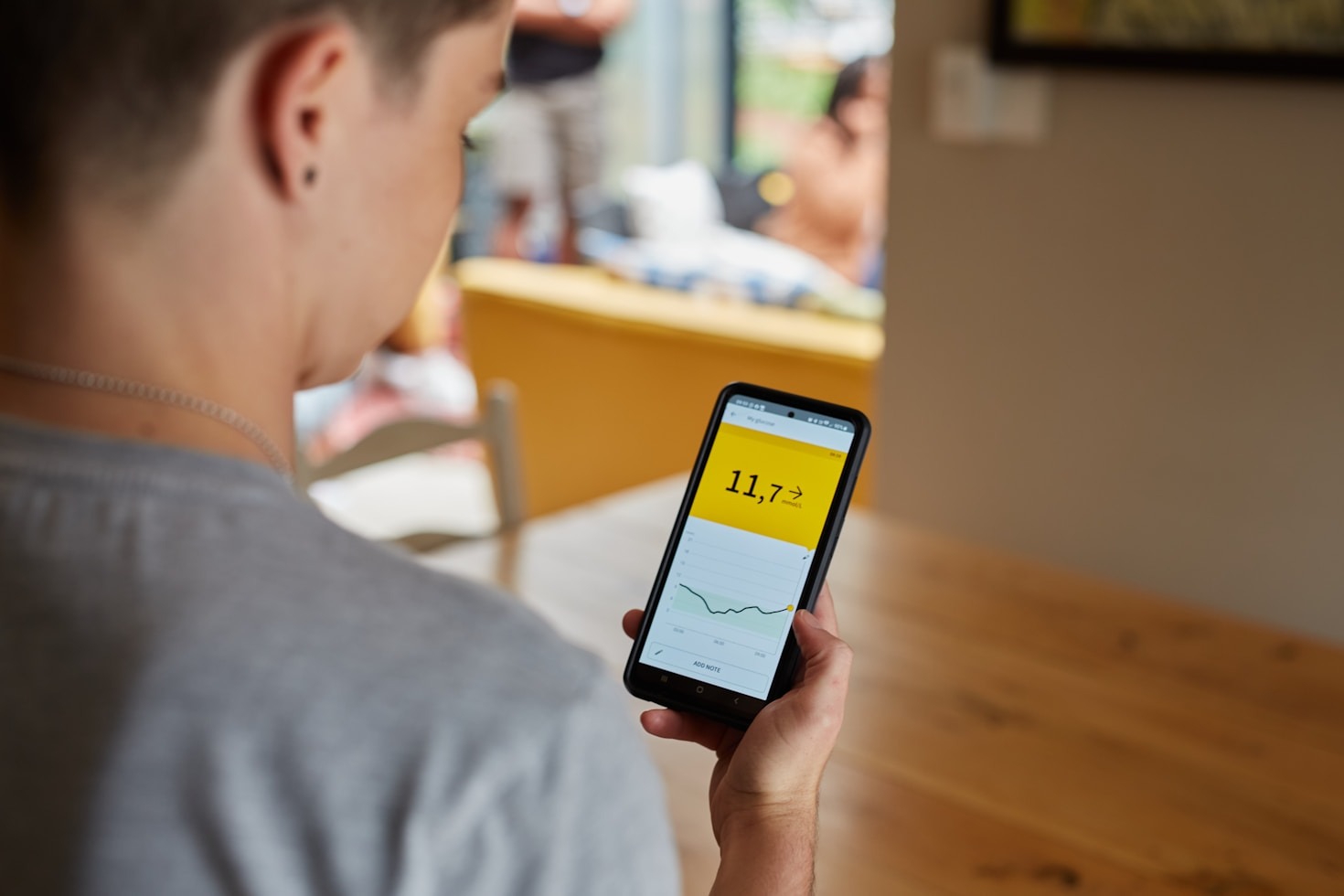Have you ever felt overwhelmed by the ups and downs of your energy levels? Many women over 30 experience fatigue, insomnia, and even hormonal imbalances that can feel like a never-ending struggle. But what if I told you that daily routines could play a crucial role in supporting natural glucose control and enhancing your overall wellness? In this article, we will explore simple yet effective habits that can bring balance back into your life.
Understanding Glucose Control
Glucose control is vital for everyone, especially for women over 30 who may experience hormonal shifts and energy fluctuations. Glucose, a simple sugar, serves as our body’s primary energy source. Proper regulation ensures that our bodies can function optimally. However, many face silent battles—like fatigue and mood swings—when glucose levels are not balanced.
Factors such as stress, inactivity, and poor dietary choices can lead to spikes and crashes in blood sugar levels. Understanding how to manage these factors is essential for maintaining energy and emotional stability.
The Link Between Routine and Blood Sugar
Your daily routine can significantly impact how well your body regulates glucose. When you establish consistent patterns, your body adapts more efficiently to changes in diet and activity levels. Women often juggle multiple responsibilities, which can disrupt routines and affect blood sugar levels, leading to feelings of anxiety and fatigue.
Creating a structured daily routine helps in promoting better glucose control. It gives your body a sense of predictability, which can contribute to hormonal and emotional balance.
Morning Rituals to Kickstart Your Day
Starting your day on the right note sets the tone for what’s to come. A nourishing breakfast is key; aim for a combination of protein and healthy fats. Foods like eggs, Greek yogurt, and nuts provide lasting energy without causing sharp blood sugar spikes.
Consider introducing a morning ritual that emphasizes mindfulness. Spending just 5-10 minutes in meditation or gentle yoga can help ease morning stress and set a positive mindset, keeping your blood sugar steady.
Midday Breaks: Recharge and Refocus
As the day progresses, it’s essential to incorporate midday breaks. Step outside for a few minutes, breathe in the fresh air, or enjoy a few stretches. This helps relieve stress and can stabilize blood sugar levels.
It’s also helpful to check your hunger levels. Eating lunch at the same time each day creates stability. Aim for meals rich in fiber and protein—think salads with lean proteins or whole-grain wraps—to keep you feeling full and engaged.
Healthy Snacking: Making the Right Choices
Many women encounter the afternoon slump, which can lead to cravings for sugary snacks. Instead, prepare healthy snacks such as hummus and carrots or almonds and fruit. These options provide energy and help keep your blood sugar levels steady.
Remember, snacking wisely can be a game-changer. Not only does it satisfy your cravings, but it also allows you to refuel without the dreaded sugar crash later on.
Evening Wind Down for Better Sleep
A fulfilling evening routine is crucial for recuperation. As night approaches, focus on creating a peaceful atmosphere. Dim the lights, play soothing music, or enjoy a warm cup of herbal tea. These activities signal to your body that it’s time to relax.
Sufficient sleep has a profound effect on glucose control. Aim for 7-9 hours of rest each night. Consider establishing a consistent bedtime that allows for restorative sleep, which in turn supports better energy during the day.
Incorporating Movement into Your Day
Movement is vital for natural glucose control. Whether it’s a brisk walk during your lunch break or a dance class in the evening, find an activity that makes you feel good. When you move your body, you help your cells use glucose effectively.
Even small adjustments, like taking the stairs instead of the elevator or doing a quick workout at home, can contribute to better overall blood sugar management—making you feel lighter and more energized.
The Power of Hydration
Staying hydrated is often underestimated. Drinking enough water not only aids digestion but also supports optimal glucose metabolism. Sometimes, our bodies confuse thirst with hunger, which can lead to unnecessary snacking.
Carry a water bottle with you, and aim for at least eight 8-ounce glasses of water throughout the day. Infusing your water with fruits or herbs can make hydration more enjoyable and help keep those sugar cravings at bay.
Mindfulness Practices for Balance
Integrating mindfulness practices into your daily routine can significantly affect how you manage stress—a key component of glucose control. Techniques such as meditation, deep breathing, and journaling can enhance your emotional well-being.
Set aside a few minutes each day for these practices. Start small—perhaps a five-minute breathing exercise—gradually increasing your time as you grow more comfortable. This helps in cultivating a greater sense of calm and balance, keeping your glucose in check.
Creating a Supportive Community
Lastly, surrounding yourself with a supportive community is vital. Share your journey with friends or join support groups that understand the challenges you’re facing. Having others to talk to can alleviate feelings of isolation that often accompany stress and hormonal changes.
Involvement in a group can lead to shared experiences and tips on maintaining glucose control and emotional balance. Remember, you are not alone in this journey; many women are navigating similar paths, and together, you can thrive.










